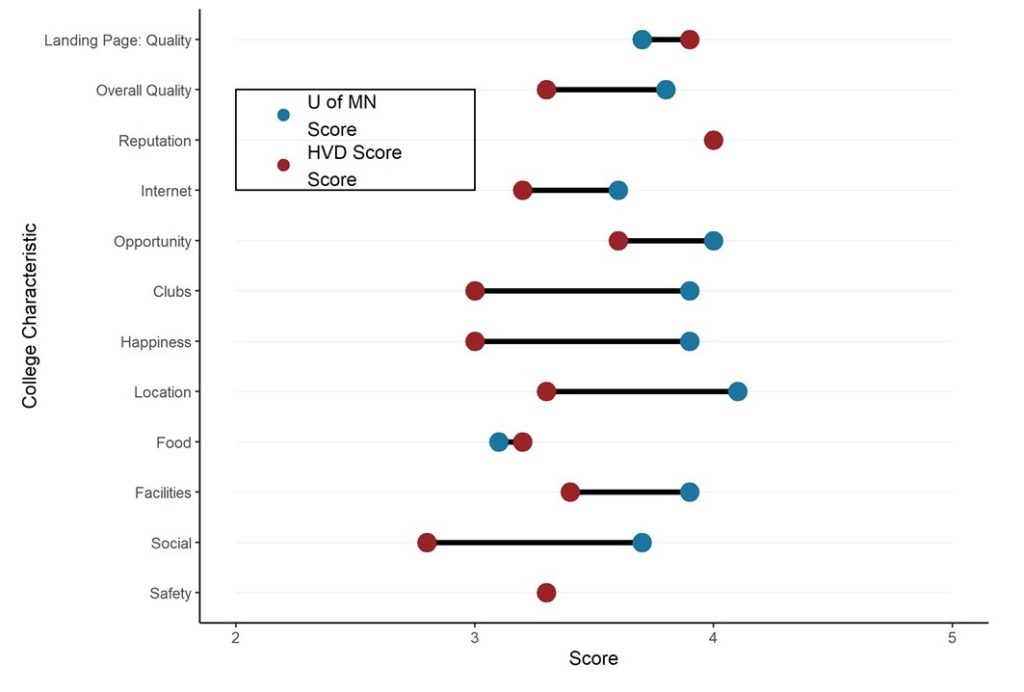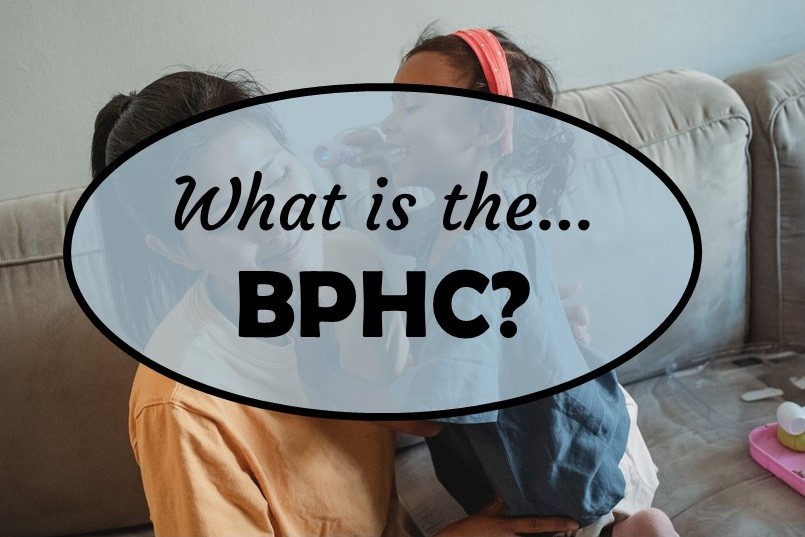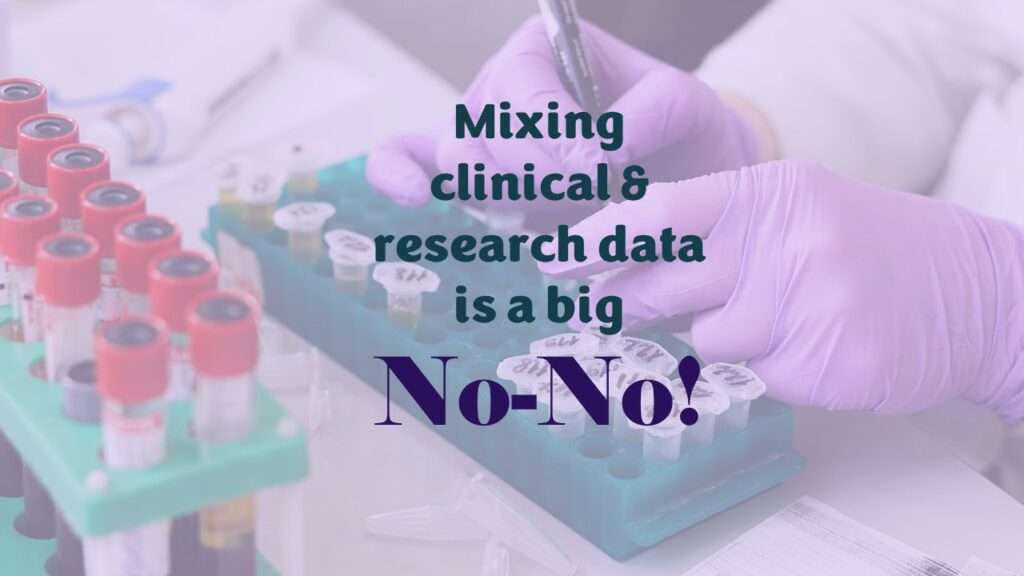Can you name categories other than “food” and “drugs” that are regulated by the FDA in the US? Read this blog post to learn what they are, and what the FDA does in the US.
Tag Archives: online education
Need online curriculum in data science or public health that keeps the learners engaged? I share a links to free resources as well as my hacks to interest high!
Want to compare multiple rankings on two competing items – like hotels, restaurants, or colleges? I show you an example of using a dumbbell plot for comparison in R with the ggalt package for this exact use-case!
The United States (US) Bureau of Primary Healthcare (BPHC) is the federal agency that funds our safety net infrastructure serving patients who can’t get on Medicare or Medicaid. I explain how all that works, and the relationship of BPHC to the rest of the public health infrastructure.
Curious about the American Public Health Association (APHA) – what it does, and where it fits into the bigger picture of public health organizations? I delve into these topics, and explain how you can get involved.
Read my last post in a series on data-related misconduct at startup Theranos outlined in the book, “Bad Blood”, where I discuss their lack of administrative barrier between research and clinical data.
What are the stages of the PDSA model, and how do they relate to the functions of a QA/QI department in healthcare? The answers are not straightforward. I examine these issues in this blog post.
This is my first blog post in a series of five where I talk about data-related misconduct outlined in the book “Bad Blood”, and provide guidance on how to prevent it.
We experience artificial intelligence all the time on the internet in terms of friend suggestions on social media, internet ads that reflect what we have been searching for, and “smart” recommendations from online stores. But the reality is that even the people who build those formulas cannot usually explain why you were shown a certain […]
This lively panel discussed many topics around designing and implementing machine learning pipelines. Two main issues were identified. The first is that you really have to take some time to do exploratory research and define the problem. The second is that you need to also understand the business rules and context behind the data.
- 1
- 2











